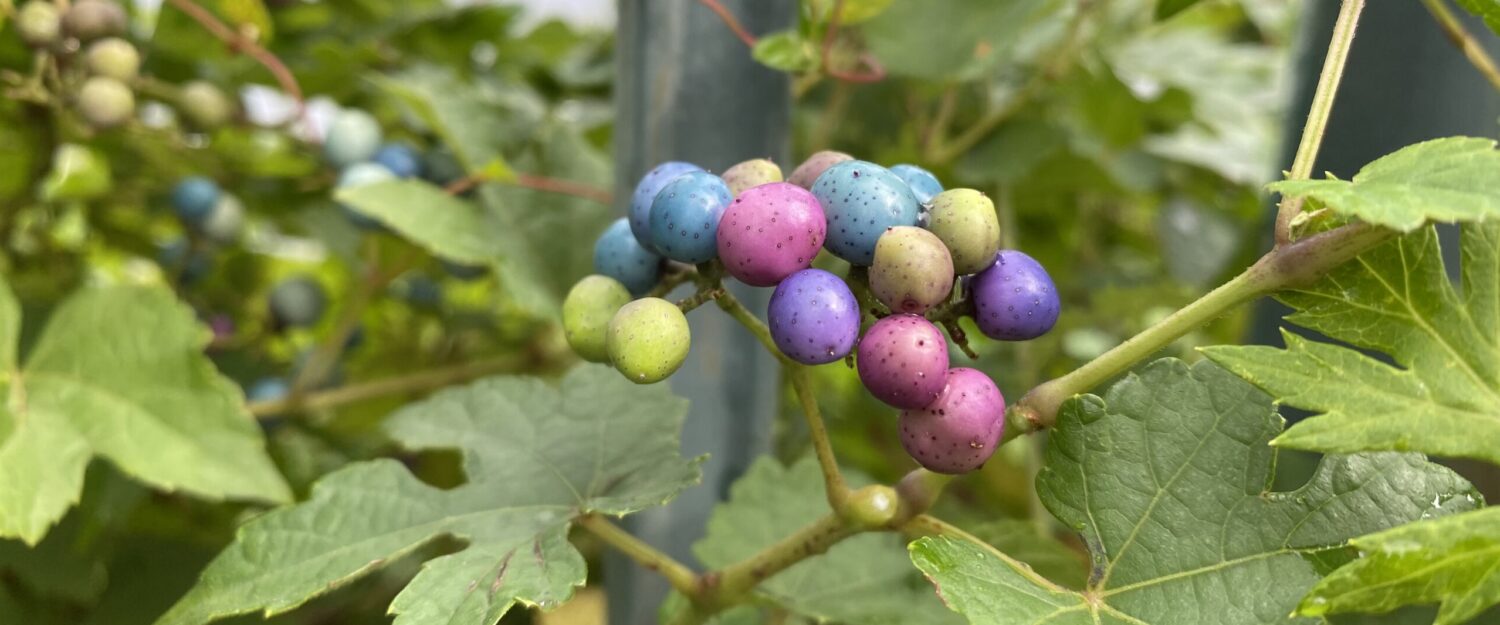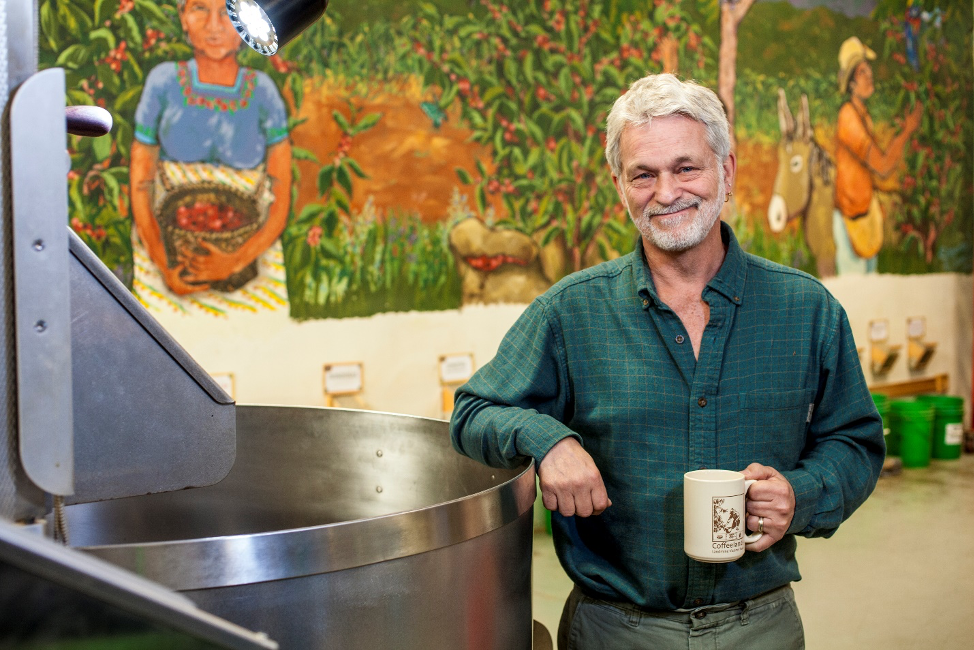The recent fervor over Dr. Seuss has me pondering children’s literature more broadly. I happen to be someone who loves the “classics” – I studied the entire Lewis Carroll oeuvre in university (Sylvie and Bruno anyone?) and have reread the Narnia chronicles a bajillion times.
However, I’ve never read any of the other “children’s” books that have been published far more recently, including some of the best of 2020 such as “Outside In” (a paean to nature) or “There Must Be More Than That” (in which a child imagines the future with her grandmother).
When it comes to books that might affect the environmental awareness of the next generation, “The Lorax” ranks high on my list — despite the overt racism of some of the author’s other books. But I’m excited to say that there are many more emerging, like last year’s “We Are Water Protectors” (inspired by Indigenous practices) or 2019’s “Greta and the Giants” (a tribute to the work and impact of teenage activist Greta Thunberg).
Another one I’ll be recommending is “Benny and Sparky’s Big Home Mystery,” a tale of two young sea creatures, a narwhal and beluga whale, who are about to lose their homes.

“Benny and Sparky’s Big Home Mystery” is a tale of two young sea creatures, a narwhal and beluga whale.
It’s a great topic, but even more inspiring is the fact that it was co-authored by now 10-year-old Esther Noche and her mother, Janice Lao-Noche, who I know from her work as a corporate sustainability professional. (Janice currently works for Helen of Troy, the company behind brands like Braun and Revlon.)
When she spoke about the book to a women’s network we both belong to last year, Janice said she encouraged her daughter to search the answers to her questions about what was happening to the whales and the impact that it could have on the ocean and other habitats. The book, which also includes ideas for how children can help make a positive difference, was the result of their research. It wasn’t intended to become a book about the consequences of climate change, but it morphed into one.
“A lot of STEM teachers don’t know how to teach climate change … I’m not reinventing the wheel, I am just putting the wheel together in a different way,” Janice said during that meeting.
Esther actually started writing and illustrating her own stories at the age of five. It shouldn’t surprise you to hear that she wants to be a marine veterinarian, but she also codes and can speak several languages fluently, so how knows!
When I was Esther’s age, it wouldn’t have occurred to me to be that proactive, although I was pretty certain that i was going to be involved with environmental interests. But who better to help teach the next generation how to act than the next generation?



